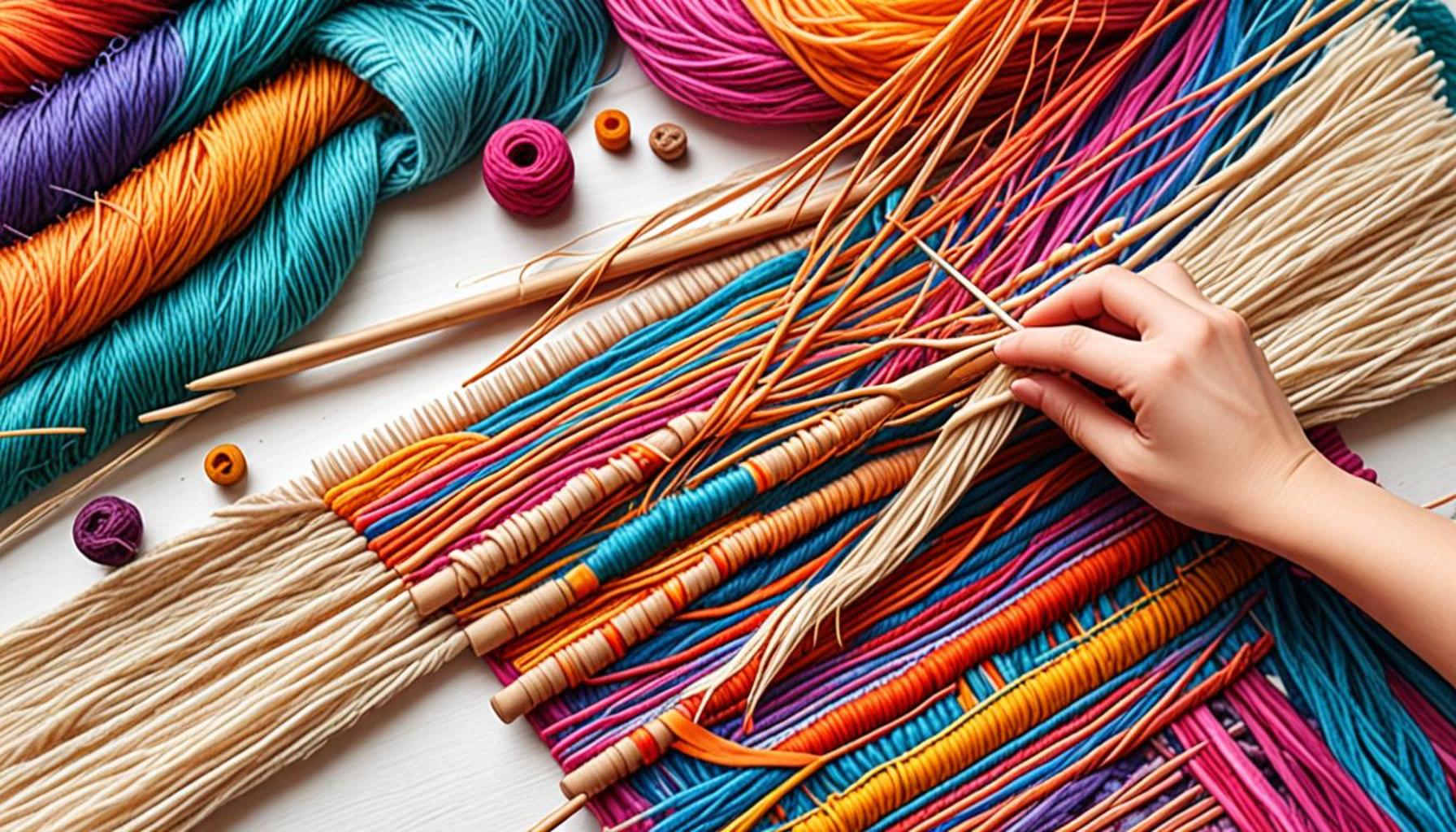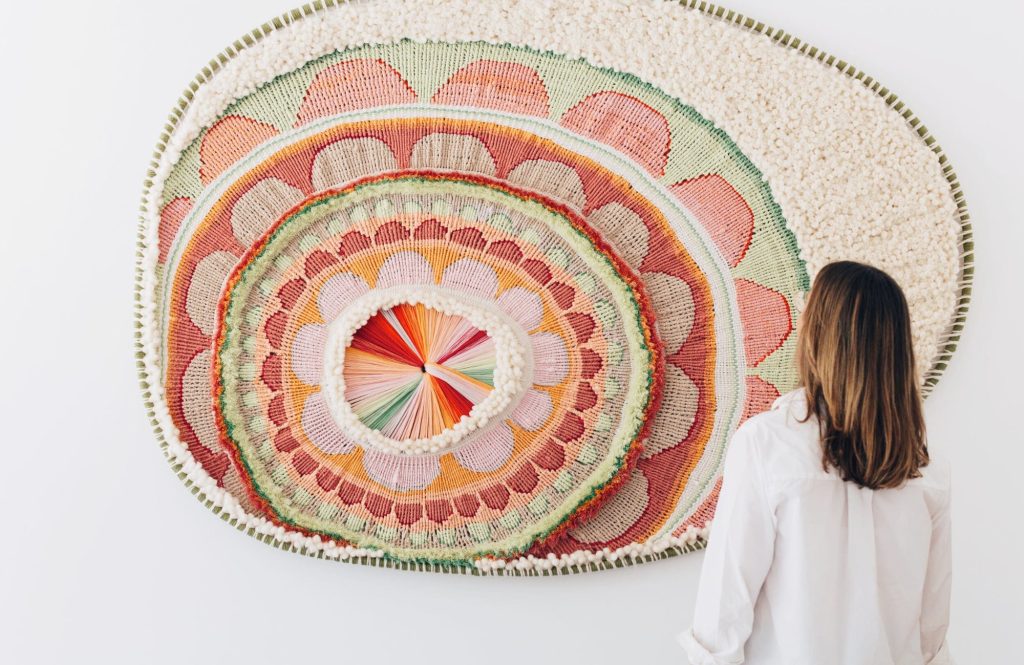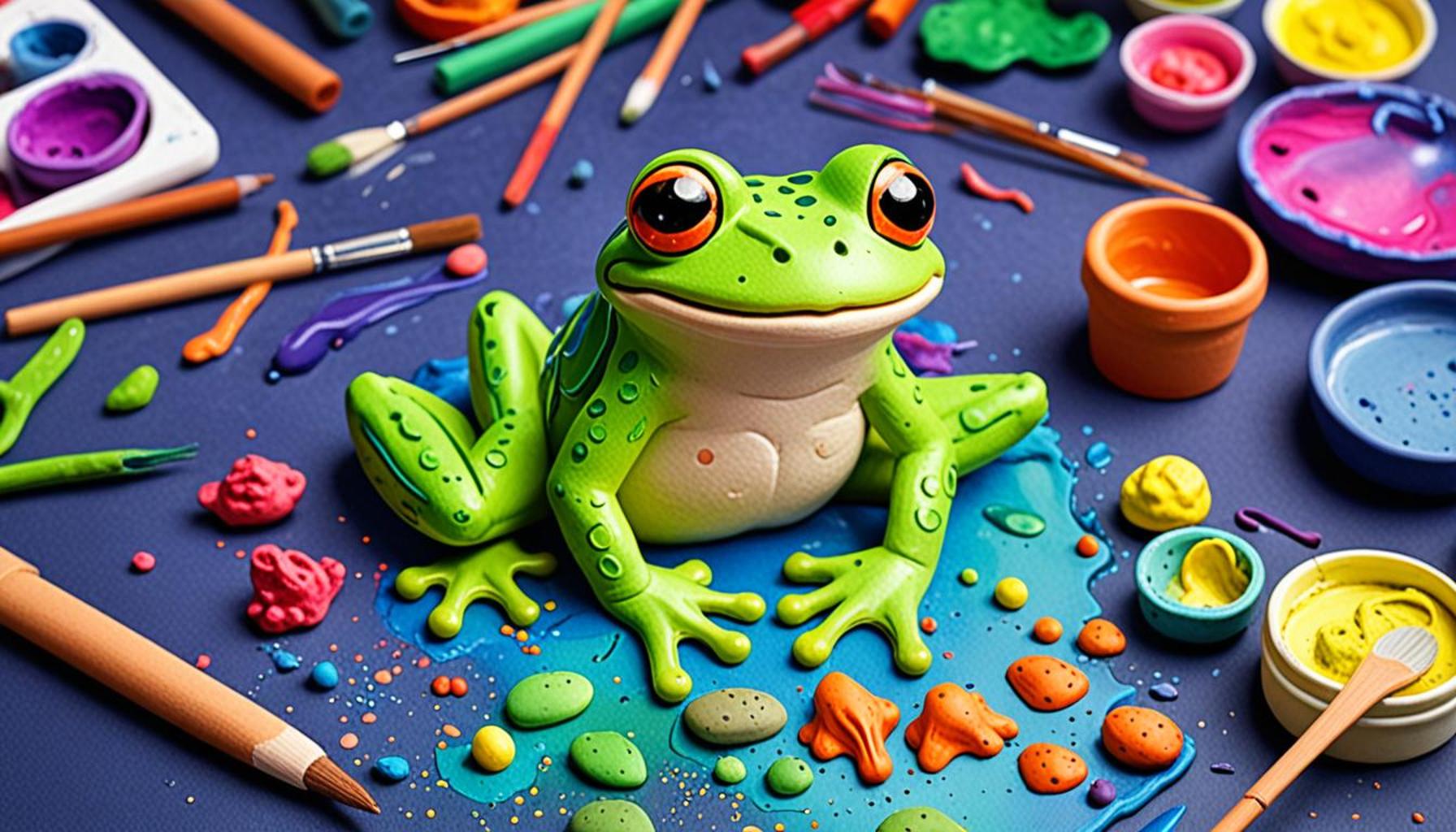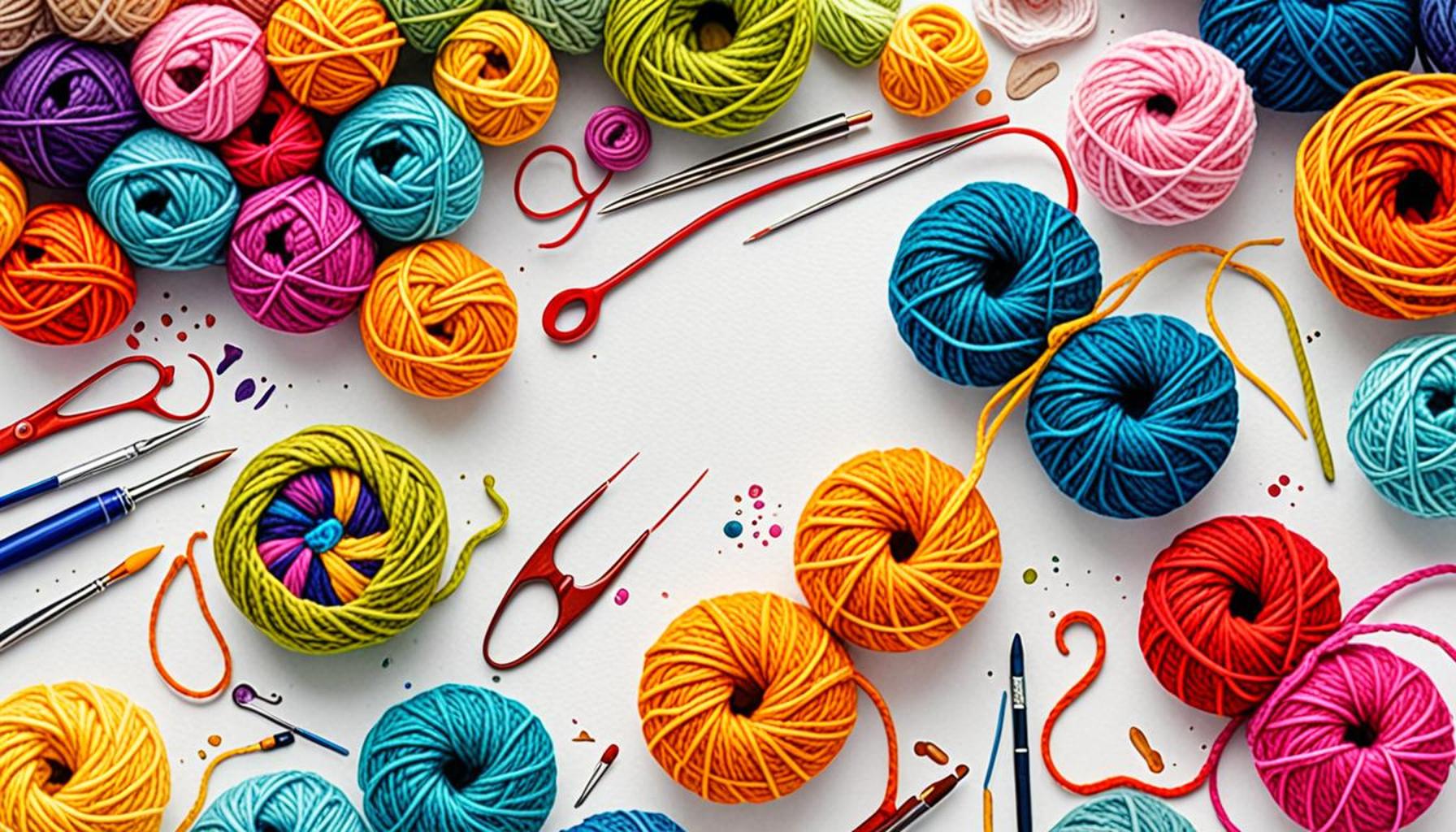Hand Weaving Techniques: Creating Unique Textiles with Natural Fibers

Understanding the Tradition and Techniques of Hand Weaving
Hand weaving is more than just a craft; it is a celebration of culture and community. It serves as a link between generations, bridging the gap between ancestral traditions and modern artistry. In Nigeria, this age-old practice is deeply rooted in social customs and economic livelihoods, allowing artisans to express their identity while contributing to their communities. The techniques employed in hand weaving vary significantly, each telling a unique story through color, pattern, and texture.
The Role of Natural Fibers in Weaving
Natural fibers play a foundational role in the art of hand weaving, each type boasting distinct attributes that cater to different artistic and practical needs. In Nigeria, artisans primarily use:
- Bamboo – Valued for its strength and lightness, bamboo weaves are commonly used in producing durable household items like baskets and mats.
- Cotton – This popular fiber is cherished for its softness and breathability, making it ideal for garments. The ability to dye cotton vividly allows Nigerian artisans to create colorful textiles.
- Sisal – Known for its robustness, sisal is often used for making ropes, rugs, and bags that exhibit a rustic charm.
- Palm fronds – Traditional weavers in some Nigerian locales incorporate palm fronds to create intricate mats and decorative items, emphasizing sustainability as these materials are abundant and renewable.
These fibers enable artisans to produce remarkable fabrics that reflect the uniqueness of their cultural heritage and personal artistry.
Notable Textiles: A Glimpse into Cultural Significance
Among the most celebrated fabrics produced through hand weaving in Nigeria are the Kente and Adire textiles. Kente cloth, with its origins in the Ashanti Kingdom of Ghana, has been embraced by many Nigerian communities, characterized by intricate patterns and vibrant colors, each symbolizing different historical narratives and social values. Typically worn during important ceremonies, Kente has transcended its original cultural borders, embodying a shared West African identity.
On the other hand, Adire, meaning “tie and dye” in Yoruba, involves unique resist-dyeing techniques that yield stunning motifs. The artistry in creating Adire lies in the creativity of the artisans, who often use symbols to convey personal stories or cultural values. Supporting local weavers helps sustain these traditions while empowering communities through economic development.

Diving Deeper into Techniques and Sustainability
Each hand weaving technique carries its own set of tools and processes. From the traditional loom setup to the meticulous dyeing process, artisans employ methods passed down through generations. Embracing modern technology, some have begun using looms powered by foot pedals to increase efficiency without sacrificing quality. Furthermore, understanding the sustainability aspect of using natural fibers highlights an essential practice that benefits environmental conservation.
As you explore the world of hand weaving, you will not only witness the beauty of the finished products but also appreciate the remarkable journey these textiles undertake from raw fibers to finished works of art. The connection between craftsmanship and cultural identity is palpable, serving as an invitation to engage with this rich heritage and support artisans in their endeavors.
Join us on this enlightening expedition into the realm of hand weaving, where creativity meets tradition and every piece tells a story well worth embracing.
RECOMMENDED: Check out this similar article
Exploring Hand Weaving Techniques: Craftsmanship Meets Creativity
The world of hand weaving is a fascinating tapestry of skill and creativity, where each technique unfolds a new dimension of artistic expression. In Nigeria, the intricate art of weaving is not merely a means of creating fabric; it is a time-honored tradition that embodies the spirit and history of various ethnic groups. As artisans weave vibrant patterns into textiles, they also weave stories that reflect their cultural heritage and societal values. The techniques they employ are varied and can be classified into several categories, each possessing its own unique characteristics that contribute to the overall artistry of the final product.
Traditional Weaving Techniques: A Legacy of Skill
Traditional hand weaving techniques in Nigeria can be grouped into several distinctive styles, each with a unique craftsmanship approach. The most notable techniques include:
- Frame Weaving – This is a foundational technique that utilizes a rigid frame or loom to create textiles. Artisans often use it for common items like bags and cloth, allowing for consistent pattern replication while also imparting creativity in design.
- Backstrap Weaving – Predominantly practiced among various tribes, this method features a portable loom that is anchored to the weaver’s waist, providing exceptional control over tension and design. The intricacies achieved through this technique reveal the skill of the artisan and are often intertwined with cultural narratives.
- Jacquard Weaving – Combining traditional weaving with modern technology, this technique employs mechanically controlled patterns to create complex designs. Nigerian artisans who adopt this approach can produce elaborate motifs that resonate with contemporary tastes, bridging the gap between tradition and modernity.
- Rug Weaving – Utilizing sturdy fibers, rug weaving is a tactile and textured craft that involves creating intricate, patterned mats. These pieces often serve both decorative and practical purposes, enriching homes while displaying the artisan’s mastery.
Understanding these techniques underscores the mastery involved in hand weaving. Each method requires a delicate balance of artistry and function, where careful attention to detail can lead to remarkable textiles.
The Craftsmanship Behind Hand Woven Textiles
Every piece of hand woven fabric tells a story, and the craftsmanship behind it brings that narrative to life. Artisans invest considerable time and effort into selecting the right materials, ensuring that their choices align with both aesthetic values and sustainability. For instance, the intricate designs woven into fabrics also often symbolize the artisan’s personal narrative or communal identity. Items like clothing for cultural ceremonies or communal gatherings showcase this intrinsic link between the weaver and their community.
This attention to craftsmanship encompasses more than just creating beautiful textiles. It emphasizes environmental stewardship, as many artisans utilize natural fibers sourced from local plants, reinforcing their commitment to sustainability. By embracing methods that honor the land and its resources, hand weavers in Nigeria contribute to the preservation of both their culture and the environment.
As more people seek unique textiles that carry personal significance or cultural value, the art of hand weaving stands resilient, inviting new artisans and enthusiasts to become a part of its enduring story. Through this exploration of techniques and craftsmanship, one can appreciate the artistry behind each piece, encouraging support for local artisans who keep these traditions alive.
Understanding the Art of Hand Weaving
Hand weaving is an ancient craft that transforms natural fibers into unique textiles, preserving cultural traditions while promoting sustainability. By embracing eco-friendly materials—such as cotton, wool, and linen—artisan weavers create pieces that are not only functional but also tell a story. This section will delve deeper into the significant advantages of hand weaving techniques as they relate to creating memorable textiles.
| Advantages of Hand Weaving | Unique Characteristics |
|---|---|
| Customization | Artisans can create textiles to specific dimensions and designs. |
| Sustainability | Utilizes natural fibers that are biodegradable and renewable. |
| Artisanal Craftsmanship | Each piece reflects the artisan’s skill, creativity, and personal touch. |
| Cultural Heritage | Preserves traditional techniques and stories passed down through generations. |
The beauty of hand weaving lies in its ability to combine function with artistry. Each piece not only serves as a material object but also embodies the cultural narratives and environmental ethics that are essential in today’s textile industry. As we explore these techniques further, we can appreciate the transition from mere craftsmanship to an expressive form of art that reveres both nature and tradition.
Exploring Natural Fibers
Natural fibers play a crucial role in the hand weaving process, influencing the texture, durability, and aesthetics of the final product. Popular materials include cotton for its softness, wool for its warmth, and linen for its luster and strength. Each fiber type offers unique qualities that weavers exploit, creating diverse textiles suitable for various applications, from clothing to home decor.
Incorporating sustainable practices not only enriches the weaving process but also creates textiles that resonate with environmentally conscious consumers. Handmade textiles reflect a commitment to quality and authenticity, establishing a deeper connection between the artisan and the buyer.
Understanding hand weaving and its nuances encourages us to value unique textiles. As we navigate through this captivating craft, one begins to recognize that each fiber holds the potential to weave together stories from both the past and the future.
YOU MAY ALSO LIKE: Read read another article
The Role of Natural Fibers in Hand Weaving
One of the defining characteristics of hand weaving techniques is the choice of materials, particularly the use of natural fibers. In Nigeria, artisans often select fibers derived from indigenous plants, which not only add to the aesthetic value of the textiles but also reflect the environmental essence of the region. Common natural fibers used in hand weaving include cotton, sisal, and bamboo, each possessing unique qualities that lend themselves to different weaving styles and applications.
Cotton, a staple in many handcraft traditions, is cherished for its softness and versatility. Nigerian artisans utilize locally grown cotton to create elaborate designs that speak to their heritage. The cotton fibers are often dyed using natural pigments derived from plants and minerals, resulting in vibrant colors that are environmentally friendly and culturally significant.
Sisal, derived from the agave plant, is another popular choice for weavers in Nigeria, particularly for making rugs and baskets. Its robust and coarse texture lends durability to the final product, making sisal an ideal material for functional items that require longevity. The crafting of sisal textiles incorporates various dyeing methods to enhance visual appeal, showcasing the artisan’s ability to infuse vibrant colors and designs while maintaining a sustainable approach.
Bamboo fibers are gaining traction in the hand weaving community due to their antimicrobial properties and rapid growth, which make them a sustainable choice. Artisans are exploring innovative weaving techniques using bamboo to create not only striking pieces but also eco-friendly textiles that appeal to modern consumers focused on sustainability.
Innovative Weaving Techniques: Bridging Tradition and Modernity
As the demand for unique, handcrafted textiles rises, Nigerian artisans are embracing innovation within the realm of traditional hand weaving. The integration of contemporary techniques, sometimes referred to as modern hand weaving, showcases the versatility of natural fibers while adhering to time-honored practices.
One such innovation is the combination of digital design tools with manual weaving processes. Artisans are now able to create complex patterns by visualizing their designs using software before bringing them to life on the loom. This fusion of technology and traditional method not only enhances creativity but also caters to a growing market that appreciates both artistry and contemporary aesthetics.
The advent of social media platforms allows artisans to showcase their creations to a global audience, connecting them with potential buyers and enthusiast communities. This visibility not only fosters sales but also encourages collaboration among weavers, designers, and artists from different backgrounds, leading to a vibrant exchange of ideas and techniques.
Moreover, workshops and training programs focusing on hand weaving techniques are being organized across Nigeria. These initiatives aim to educate younger generations and heritage practitioners about the art of weaving while preserving regional practices. By imparting knowledge, experienced artisans can ensure that the rich tapestry of Nigeria’s weaving traditions continues to thrive in an ever-evolving world.
As artisans experiment with natural fibers and innovative weaving techniques, there is a palpable sense of pride in creating textiles that reflect their cultural heritage while appealing to modern sensibilities. The exploration of these traditional and contemporary weaving practices is helping to redefine the landscape of hand weaving in Nigeria, offering an exciting glimpse into the future of this captivating craft.
SEE ALSO: Click here to read another article
Conclusion: The Future of Hand Weaving in Nigeria
In conclusion, the art of hand weaving in Nigeria stands as a testament to the rich cultural heritage and remarkable craftsmanship of its artisans. By utilizing natural fibers like cotton, sisal, and bamboo, weavers create unique textiles that not only exemplify skill but also reflect sustainability and environmental consciousness. The blending of traditional techniques with innovative methods marks an exciting evolution in the craft, enabling artisans to reach broader audiences while preserving their cultural narrative.
Furthermore, advancements in technology—from digital design tools to social media platforms—have empowered artisans to enhance their creativity and showcase their work on a global stage. Such accessibility fosters collaboration, sharing of knowledge, and the revival of age-old practices, ensuring that the intricate threads of Nigerian hand weaving are passed down through generations.
The increasing consumer demand for sustainable and artisanal products positions hand-woven textiles at a favorable intersection of fashion and environmental responsibility. As more individuals seek out eco-friendly textiles, the future of hand weaving looks promising, allowing artisans to innovate while holding onto their ancestral roots.
As you explore the captivating world of hand weaving, consider supporting local artisans who contribute to this craft. By appreciating their work, you partake in the journey of a time-honored tradition that continues to evolve, enriching both our homes and the cultural fabric of Nigeria.


